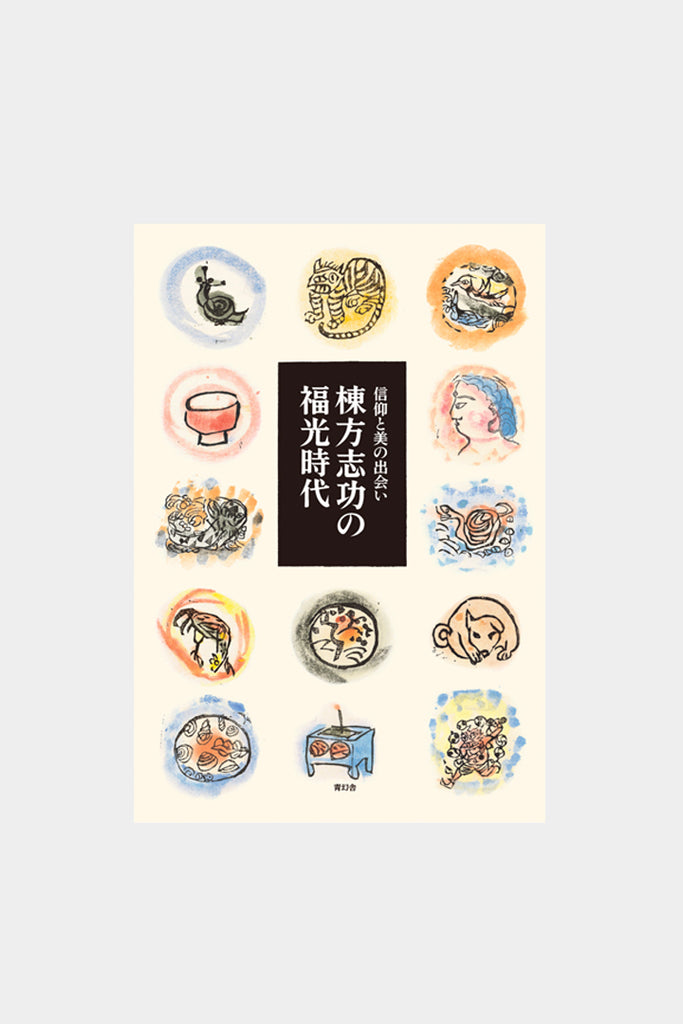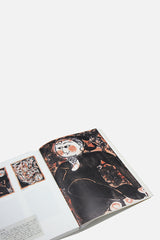
Seigensha Publishing
Shiko Munakata in Fukumitsu
Details
- Written and edited by Yoriko Ishii and Akira Oyama
With a discussion by Yoriko Ishii and manga artist Mari Yamazaki
- PB, 224 pages, in Japanese
10.11 × 7 × .7 inches





10.11 × 7 × .7 inches
Get updates on new arrivals, sales, and special events.
“It gave me a great gift,” woodblock print artist Shiko Munakata recounted of his time in Fukumitsu in Toyama prefecture, where he moved in 1945 after his Tokyo home was destroyed in World War II. The nearly seven years he spent in this center of Jodo Shinshu Buddhism would crucially define the course of his later career. This collection surveys roughly four hundred works from his time of inspiration and growth here, tracing the influence of his personal faith as well as of interactions with the local people and Mingei proponents Soetsu Yanagi, Kanjiro Kawai, and Shoji Hamada. The result is an absorbing look into the shaping of not only Shiko Munakata the international artist, but the man himself.
Yoriko Ishii, born in 1956 in Tokyo as Shiko Munakata’s first grandchild, grew up in the same house closely watching the artist at work. After graduating from Keio University, she served as curator of the Munakata Shiko Print Art Museum in Aomori up to the time of its closing in 2011. She now organizes exhibitions, writes, and gives lectures highlighting the little-known dimensions of Shiko Munakata. Recent publications include Munakata Shiko no me (Shiko Munakata’s Eyes; Ribun Shuppan, 2014), a collection of reminiscences about her grandfather. She is also a board member of the Japan Folk Crafts Museum.
Akira Oyama is a print artist born in 1943 in Toyama prefecture. A graduate of the Kanazawa College of Art, he is a former assistant to the director of the Nanto Fukumitsu Art Museum. He served as coeditor of Munakata Shiko sakuhinshu: Toyama Fukumitsu sokai jidai (The Works of Shiko Munakata: Fukumitsu Period), published by Toho Shuppan in 2004.